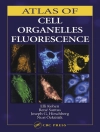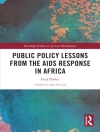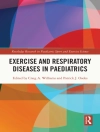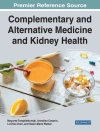Video atlas features state-of-the-art breast augmentation procedures from world renowned aesthetic plastic surgeons
Statistics consistently show breast augmentation ranks as the first or second most common surgical procedure performed in the U.S. Yet reoperation rates of 15-24% along with prolonged periods of pain and convalescence, indicate room for improvement. Breast Augmentation Video Atlas, Second Edition by renowned breast augmentation expert William P. Adams Jr., features contributions and best practices from the world’s most prominent breast surgeons. Pearls and pitfalls throughout the book reflect collective wisdom gleaned from years of hands-on experience and development of cutting-edge approaches.
The multimedia resource encompasses the latest surgical approaches, as well as salient nonsurgical aspects of breast augmentation such as patient education. Richly illustrated, this step-by-step video guide enhances understanding of the principles, procedures, and nuances refined during the last decade, enabling surgeons to deliver optimal results to patients. Fourteen text chapters enhanced by superb videos, reflect the full spectrum of state-of-the-art primary and revision breast techniques, including augmentation mammoplasty and flash breast augmentation.
Key Highlights
- More than 400 high quality photographs and color illustrations placed directly next to the corresponding text delineate described procedures
- Videos posted online in the Thieme Media Center cover tissue-based planning, 3D imaging, dual-plane breast augmentation, the inframammary approach and the dual-plane pocket, the transaxillary approach, periareolar mastopexy augmentation, and revision breast augmentation
- Chapters detailing the use of biofilms, new implants, and breast fat transfer, underscore the role of science in advancing the art of breast augmentation
Invaluable techniques
Daftar Isi
1 The Process of Breast Augmentation
2 Patient Education
3 Tissue-Based Planning
4 Three-Dimensional Imaging
5 Shaped versus Round Implants
6 Biofilms and Breast Implants: How Science Guides Us to Do the Best for Our Patients
7 Dual-Plane Breast Augmentation
8 The Inframammary Approach and the Dual-Plane Pocket
9 The Transaxillary Approach
10 Periareolar Mastopexy Augmentation
11 Infra-areolar Zigzag Augmentation Mammaplasty
12 Breast Augmentation with Large Volume Fat Grafting
13 Revision Breast Augmentation
14 Postoperative Management












